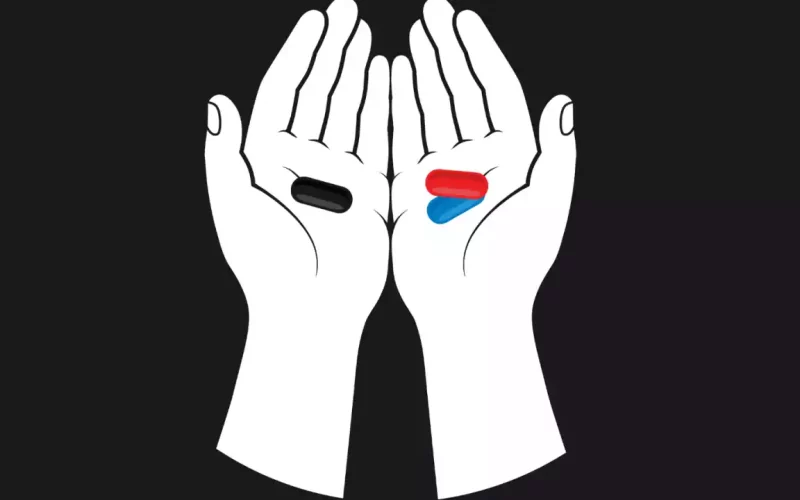Introduction:
In today’s digital age, CDI Combining different inoculation types to increase student engagement and build resilience against science misinformation spreads like wildfire, posing significant challenges to society. However, there’s a beacon of hope amidst the chaos. This theory, akin to vaccination against falsehoods, offers a potent antidote to the spread of misinformation. In this article, we delve into the depths of CDI theory, exploring its various facets and uncovering its potential to cultivate resilience against misinformation.
Understanding CDI Theory:
At its core, CDI theory draws inspiration from the concept of vaccination. Just as a weakened form of a virus can bolster the body’s immune system, exposing individuals to a diluted version of misinformation can fortify their cognitive defenses. This process involves two key elements: a warning of potential misinformation and refutations that debunk false claims. By preemptively arming individuals with knowledge and critical thinking skills, inoculation theory equips them to discern truth from falsehood in an increasingly complex information landscape.
Types of CDI :
In our exploration of CDI theory, we encounter three distinct delivery mechanisms: passive, active, and experiential. In passive inoculation, individuals receive inoculating messages, while active inoculation involves actively generating misinformation to understand its deceptive tactics. Experiential inoculation, a novel approach, immerses individuals in misleading scenarios before debriefing them on the deception, thereby enhancing their awareness and understanding of misinformation techniques.
Implementing CDI in Education:
One of the most promising applications of CDI theory lies in education, where it can empower students with the critical thinking skills necessary to navigate the information landscape effectively. Through a combination of passive, active, and experiential inoculation techniques, educators can foster resilience against misinformation while fostering engagement and curiosity in the classroom.
CDI Case Studies:
To illustrate the practical application of CDI theory in education, let’s explore real-world examples from a general-education science class. Through passive inoculation, students are exposed to pseudoscience and science denial, prompting critical evaluation of misinformation claims. Active inoculation exercises empower students to create and identify misleading content, enhancing their understanding of deceptive tactics. Experiential inoculation immerses students in deceptive scenarios, offering valuable lessons on skepticism and critical thinking.
Table: Types of CDI
| Method of Inoculation | Delivery Mechanism | Order |
|---|---|---|
| Fact-based | Passive | Prebunking |
| Technique-based | Active | Debunking |
| Source-based | Experiential |
Table: Sample of Logical Fallacies
| Logical Fallacy | Definition |
|---|---|
| Ad hominem | Attempts to discredit an argument by attacking the source. |
| Appeal to authority | Argues that a claim is true because of the (supposed) authority of the person asserting it. |
| Appeal to emotion | Manipulates a person’s emotions to win an argument, in place of evidence. |
| False choice | Oversimplifies a complex issue into two options. |
| Red herring | Attempts to distract from the main issue by bringing in irrelevant information. |
| Slippery slope | Suggests that taking a minor action will inevitably lead to major consequences. |
Conclusion:
CDI theory emerges as a powerful tool in the fight against misinformation, offering hope amidst the deluge of falsehoods. By embracing innovative strategies grounded in CDI theory, individuals can build resilience, foster critical thinking, and navigate the complexities of the information age with confidence. Together, let us embark on a journey to inoculate ourselves and future generations against the perils of misinformation.












